Milk snakes are some of the most colorful and misunderstood reptiles out there! These non-venomous snakes often get mistaken for their dangerous lookalikes, but they’re actually gentle and great for beginners. Did you know they get their name from an old myth about sneaking into barns to drink cow’s milk? Wild, right? They come in a variety of bright patterns and adapt well to captivity, making them both fascinating and easy to care for. If you’re into low-maintenance pets with a big personality, milk snakes might just be your next favorite animal.
Milk Snakes Get Their Name from a Bizarre Legend
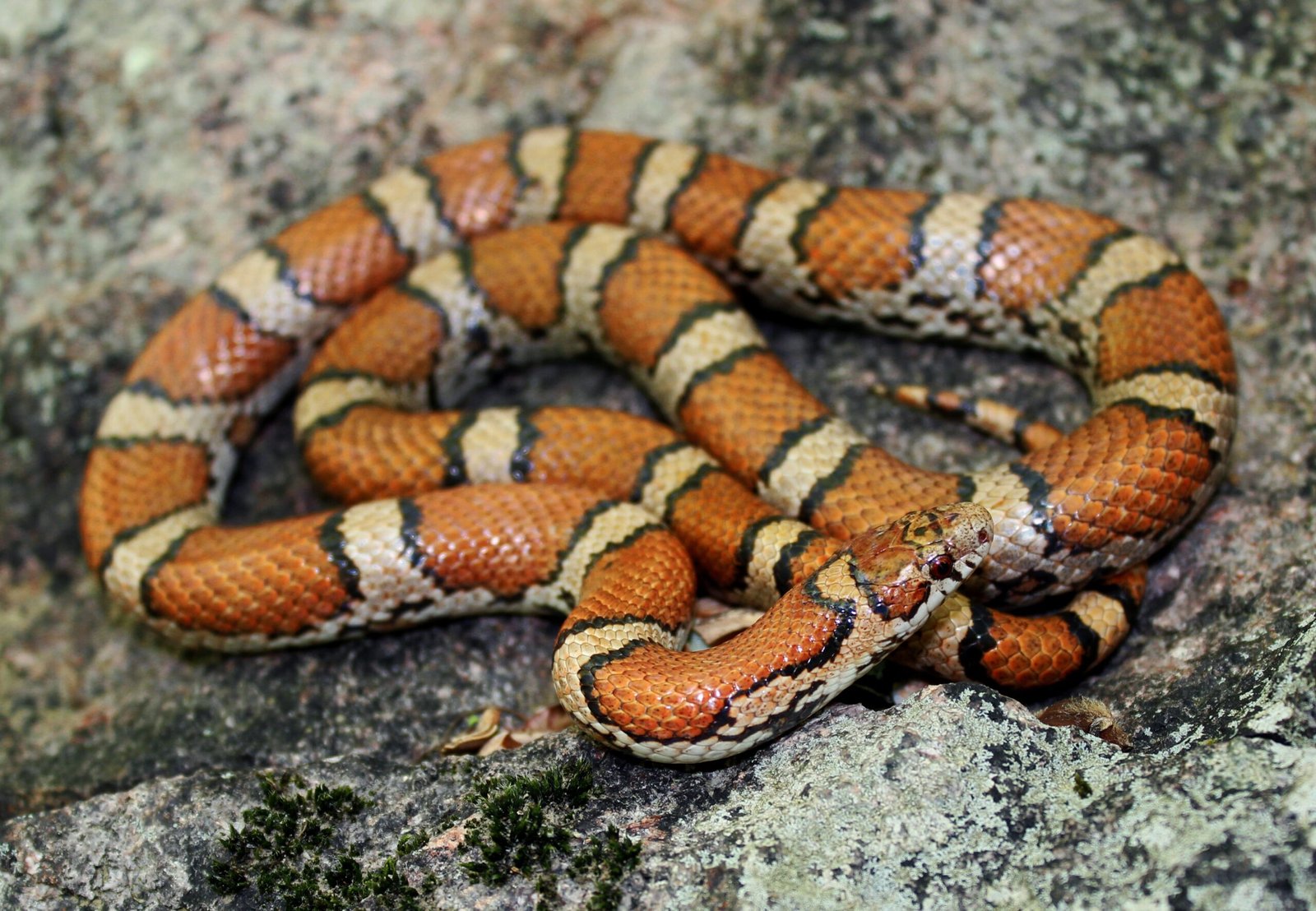
If you’re wondering where the name “milk snake” comes from, you’re not alone. The story goes back to rural folklore, where people believed these snakes would sneak into barns at night and drink milk straight from cows! Of course, this is nothing more than a creative myth—milk snakes don’t drink milk at all. In fact, their diet consists mainly of small rodents and reptiles. Yet, the legend stuck, and so did the name. It’s a testament to how myths can shape our understanding of nature, even if they’re completely off the mark. The real reason these snakes hang around barns is because of the abundance of mice, not for any dairy delight.
They’re Masters of Mimicry

One of the most dazzling and deceptive features of milk snakes is their coloration. Their vibrant bands of red, black, and white or yellow closely mimic the appearance of the venomous coral snake. This remarkable case of Batesian mimicry helps protect milk snakes from predators, who often mistake them for their deadly cousins and steer clear. The famous rhyme, “Red on yellow, kill a fellow; red on black, friend of Jack,” helps people distinguish between the two. While it’s not foolproof, it’s a handy way to remember that milk snakes are harmless. This clever disguise is a life-saving adaptation and a beautiful example of how evolution works in the wild.
They Come in a Rainbow of Colors

Milk snakes aren’t just red, black, and white. Across their wide range, these snakes showcase an incredible variety of colors and patterns. Some have rich orange hues, while others display yellows, creams, or even shades of brown. Each subspecies has its own unique palette, making them a favorite among reptile enthusiasts and collectors. The diversity in their appearance often leads to confusion with other snake species, but for those who know what to look for, the milk snake’s beauty is unmistakable. Their colorful scales shimmer in the sunlight, making them one of the most eye-catching snakes you can encounter.
Milk Snakes Are Found Across the Americas
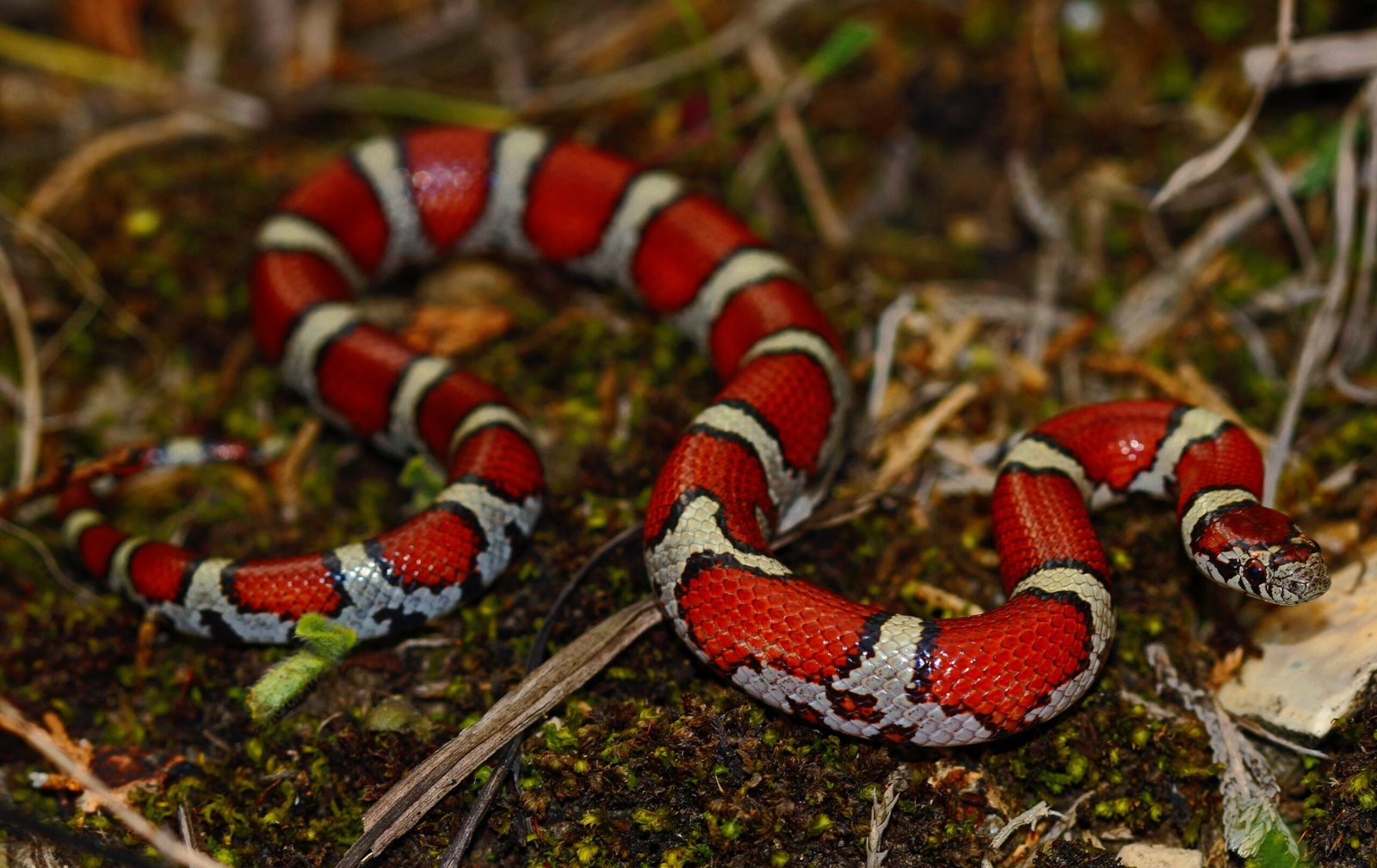
From the chilly forests of Canada to the steamy jungles of South America, milk snakes have made themselves at home across a vast range. They are incredibly adaptable, thriving in woodlands, prairies, rocky hillsides, and even farmlands. This wide distribution has allowed them to develop a number of subspecies—over two dozen, in fact—each with its own local flavor. Their ability to survive in so many different environments is a testament to their resilience and clever survival strategies. Whether hiding under a log in the Midwest or slithering through leaf litter in Central America, milk snakes are true globetrotters of the snake world.
They Have a Surprising Diet

You might expect milk snakes to be picky eaters, but nothing could be further from the truth. These snakes are opportunistic hunters, feasting on a variety of prey items. Mice and other small rodents are favorites, but they’ll also eat lizards, frogs, birds, and even other snakes. Some milk snakes have even been observed eating venomous snakes, thanks to their immunity to certain toxins. This adventurous palate helps them control pest populations and maintain balance in their ecosystems. Watching a milk snake hunt is like watching a miniature predator in action—stealthy, precise, and endlessly fascinating.
Milk Snakes Are Harmless to Humans
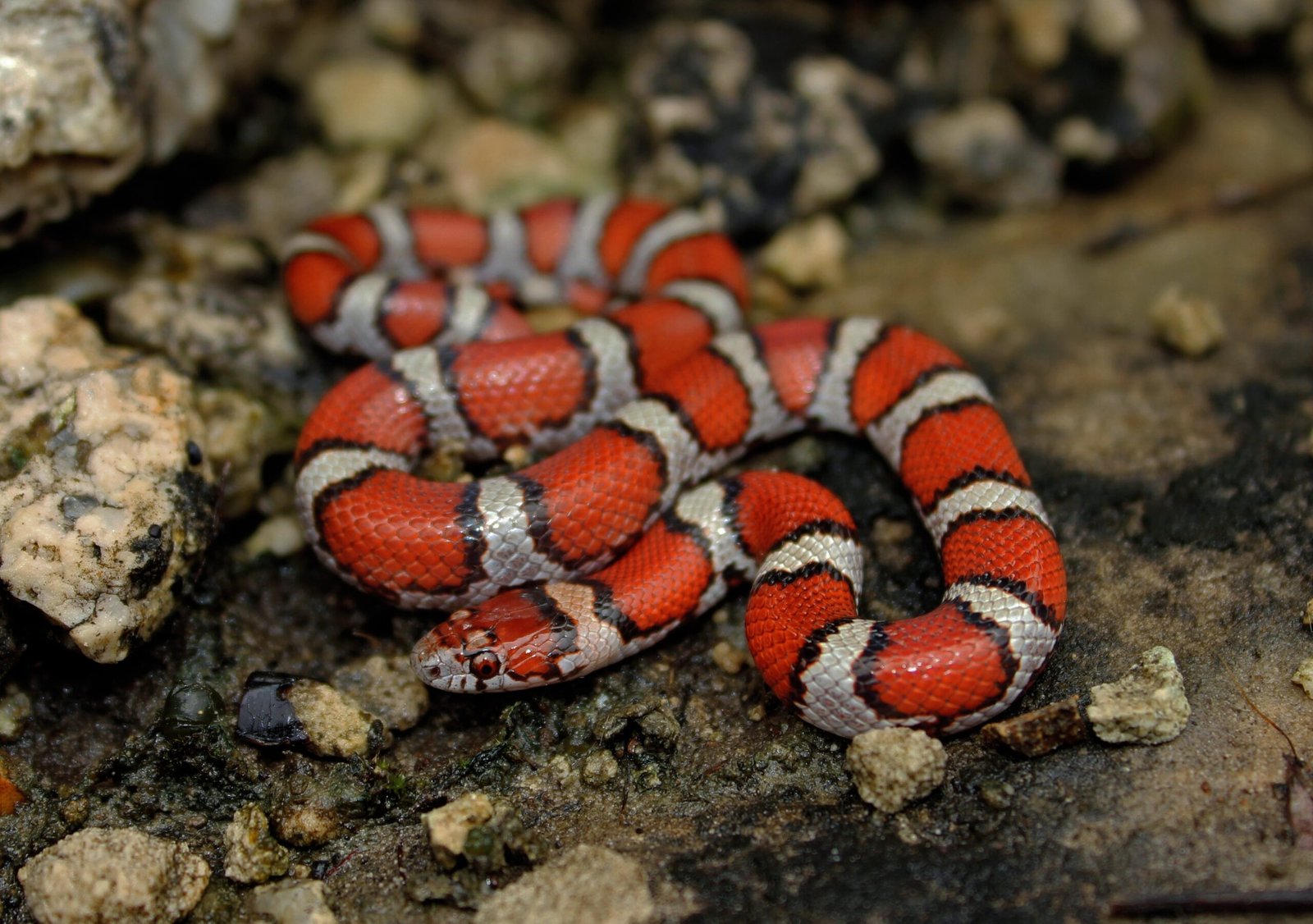
Despite their sometimes fearsome appearance, milk snakes pose absolutely no threat to humans. They are nonvenomous and generally shy, preferring to flee rather than fight. If cornered, they might vibrate their tails or emit a musky odor as a warning, but bites are extremely rare and not dangerous. Their gentle nature makes them popular pets, especially for beginners. Many people find their docile temperament and striking looks irresistible. For those willing to provide the right care, milk snakes can make wonderful reptilian companions.
They’re Escape Artists in Captivity
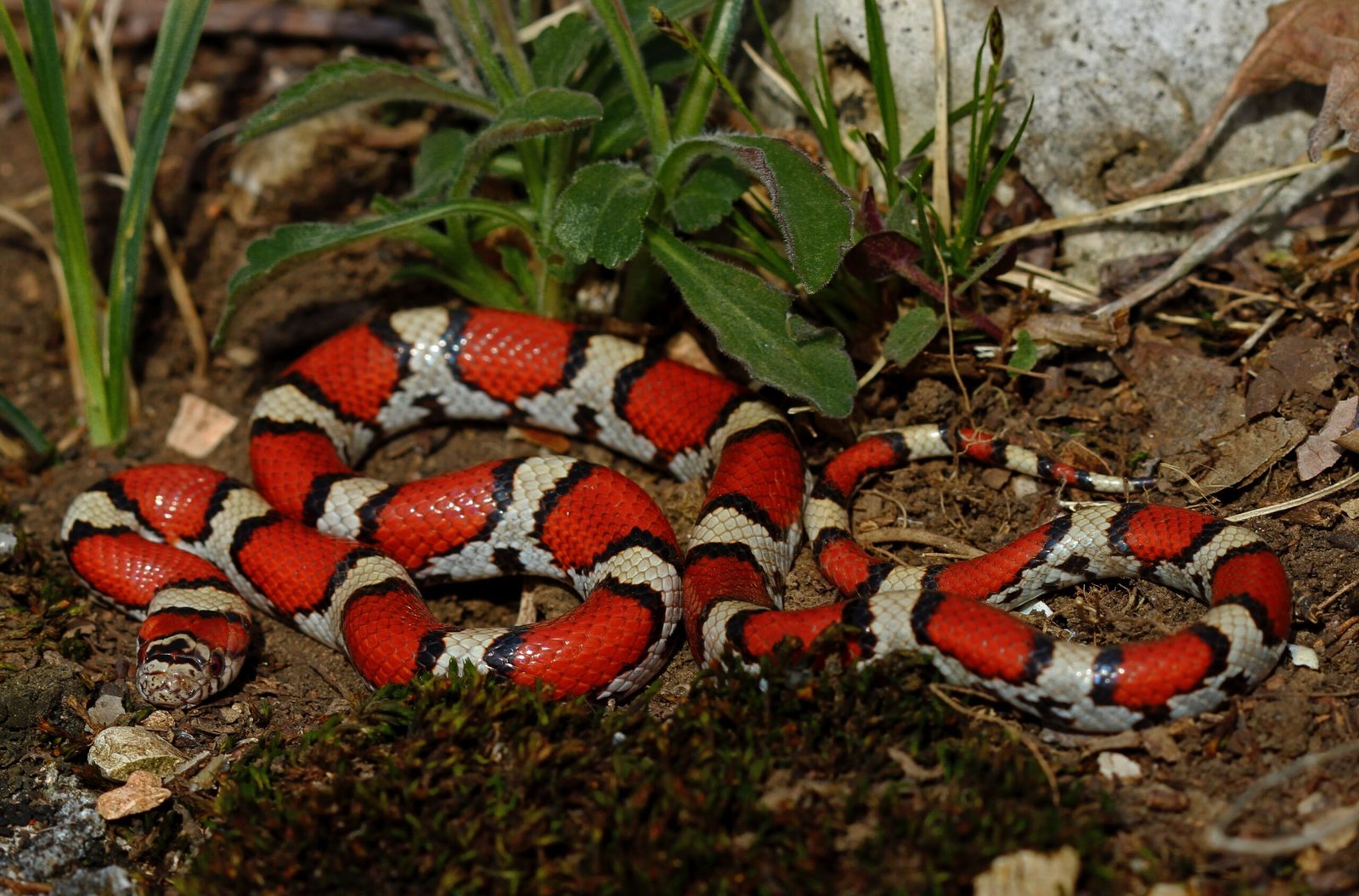
Anyone who’s ever kept a milk snake knows they are clever and curious creatures. These snakes have a knack for slipping through the tiniest gaps in their enclosures. Their slender bodies and surprising strength allow them to push open loose lids or wiggle through small cracks. Owners need to be vigilant, using secure, escape-proof habitats to keep their pets safe. The stories of milk snakes making daring getaways are legendary among reptile keepers. Their Houdini-like tendencies are just another reason why they’re so endlessly intriguing.
They Shed Their Skin Regularly
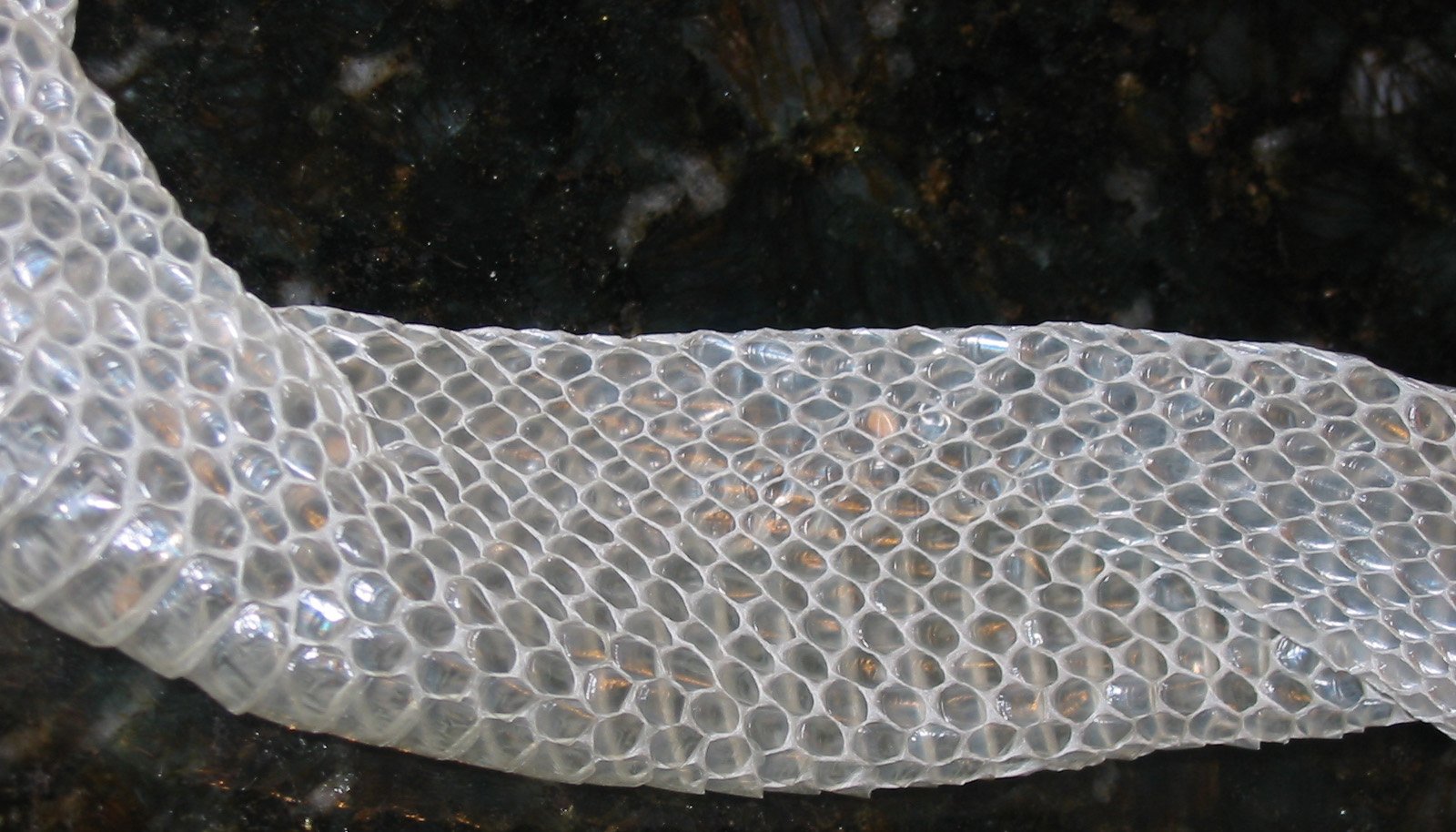
Like all snakes, milk snakes shed their skin as they grow—a process called ecdysis. This isn’t just about getting bigger; it’s also a way for them to get rid of parasites and keep their scales healthy and shiny. When a milk snake is ready to shed, its colors may appear duller, and its eyes can look cloudy or blue. The process is often completed in one long piece, leaving behind a ghostly, perfect replica of the snake. Witnessing a snake shed is always a little magical, a reminder of nature’s constant cycle of renewal.
So, whether it’s their bold colors, quirky myths, or easygoing nature, milk snakes truly stand out in the reptile world. They’re fascinating little creatures that are more friendly than fearsome, and they’re perfect for curious pet owners. With the right care, they can thrive and bring a bit of wild charm into your home. Now that you know a few fun facts, maybe it’s time to look at milk snakes in a whole new light! What surprised you the most about these fascinating snakes?
Jen is a passionate nature lover and ocean conservationist. She has dedicated her life to protecting the environment and preserving the beauty of the natural world. Growing up in a small coastal town, Jen sincerely appreciated the ocean and its inhabitants. She has spent countless hours exploring the shoreline, learning about the creatures that inhabit the waters, and advocating for their protection. Jen is an active member of ocean conservation organizations, and she is committed to educating the public about the importance of conserving wildlife and the natural environment.






